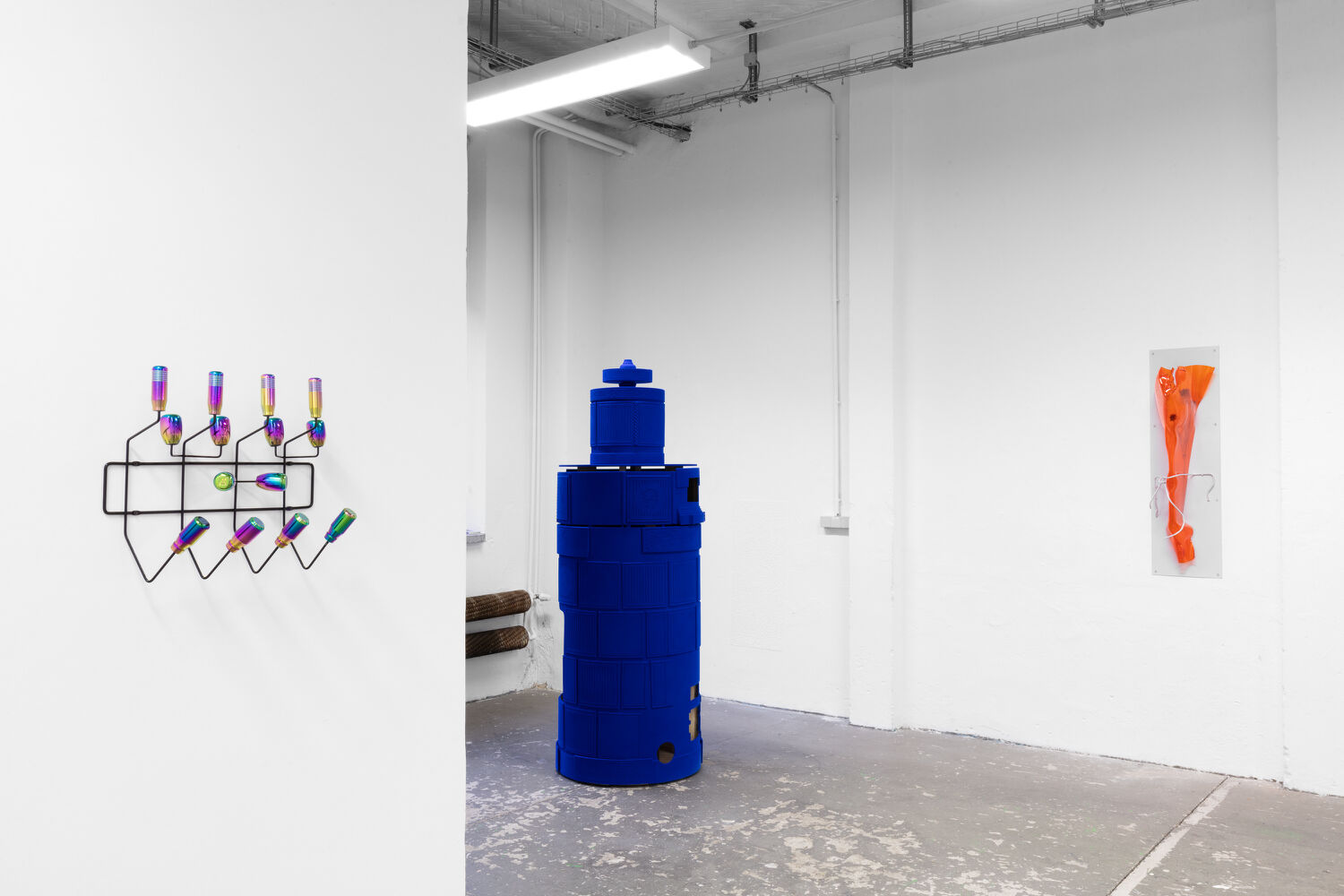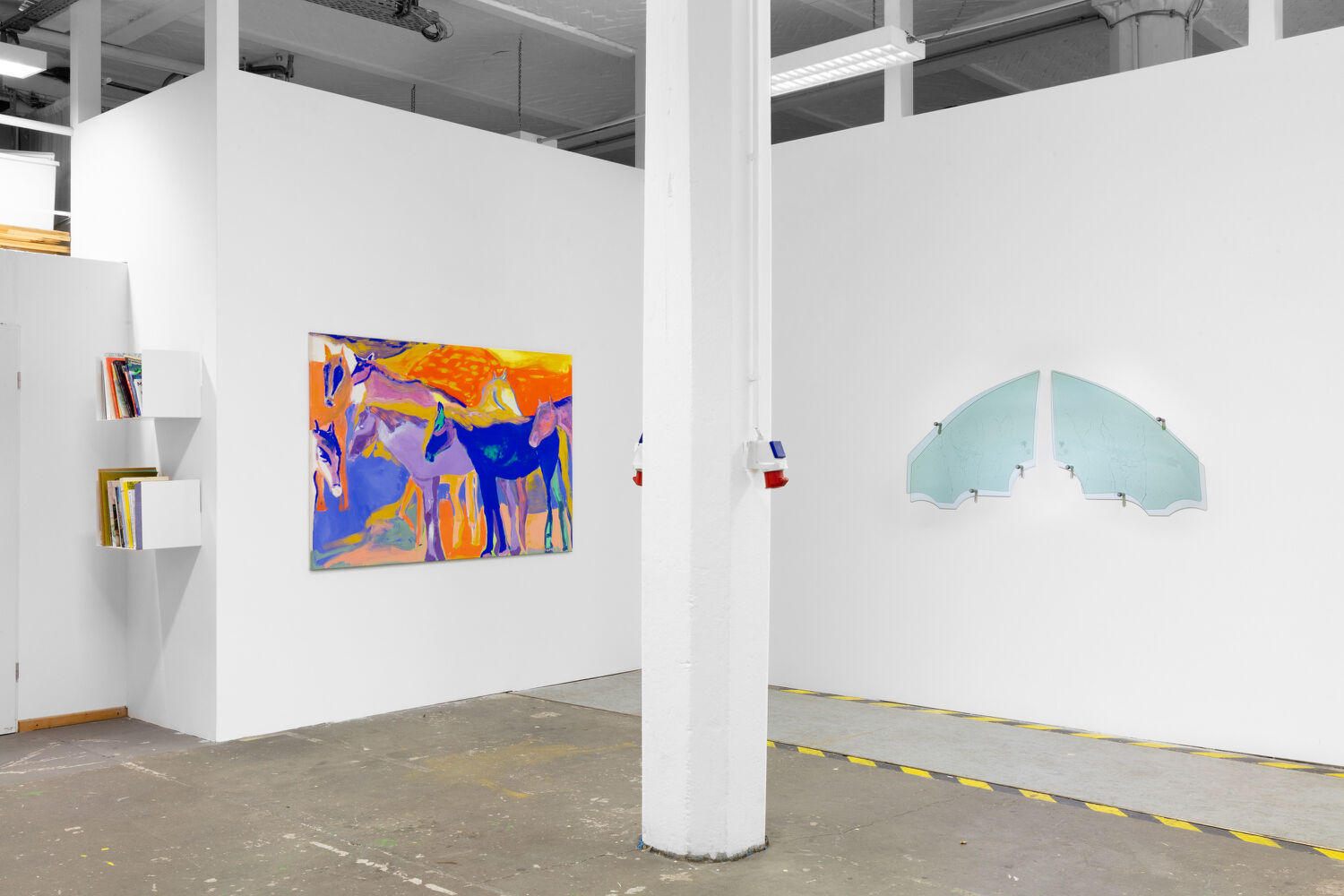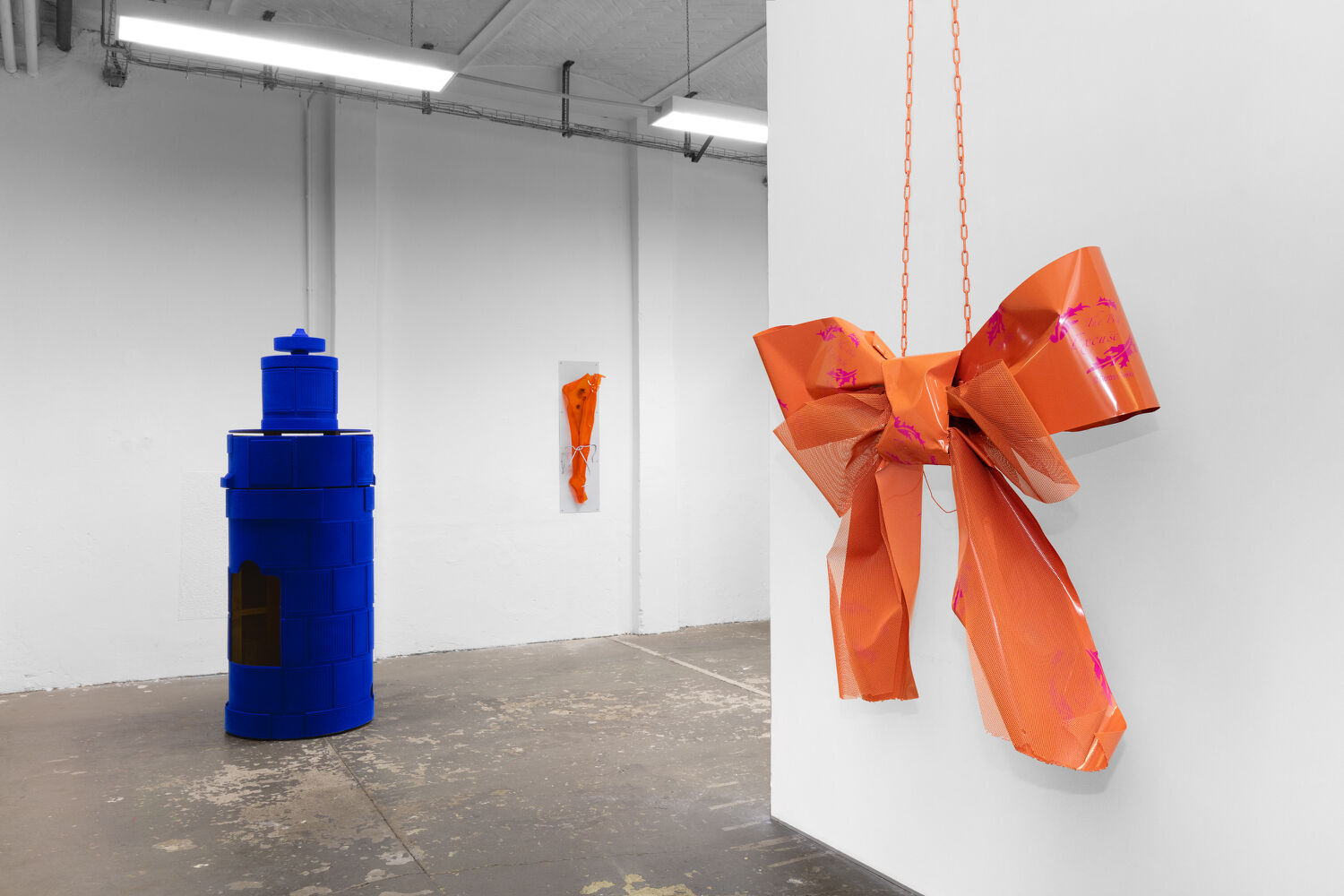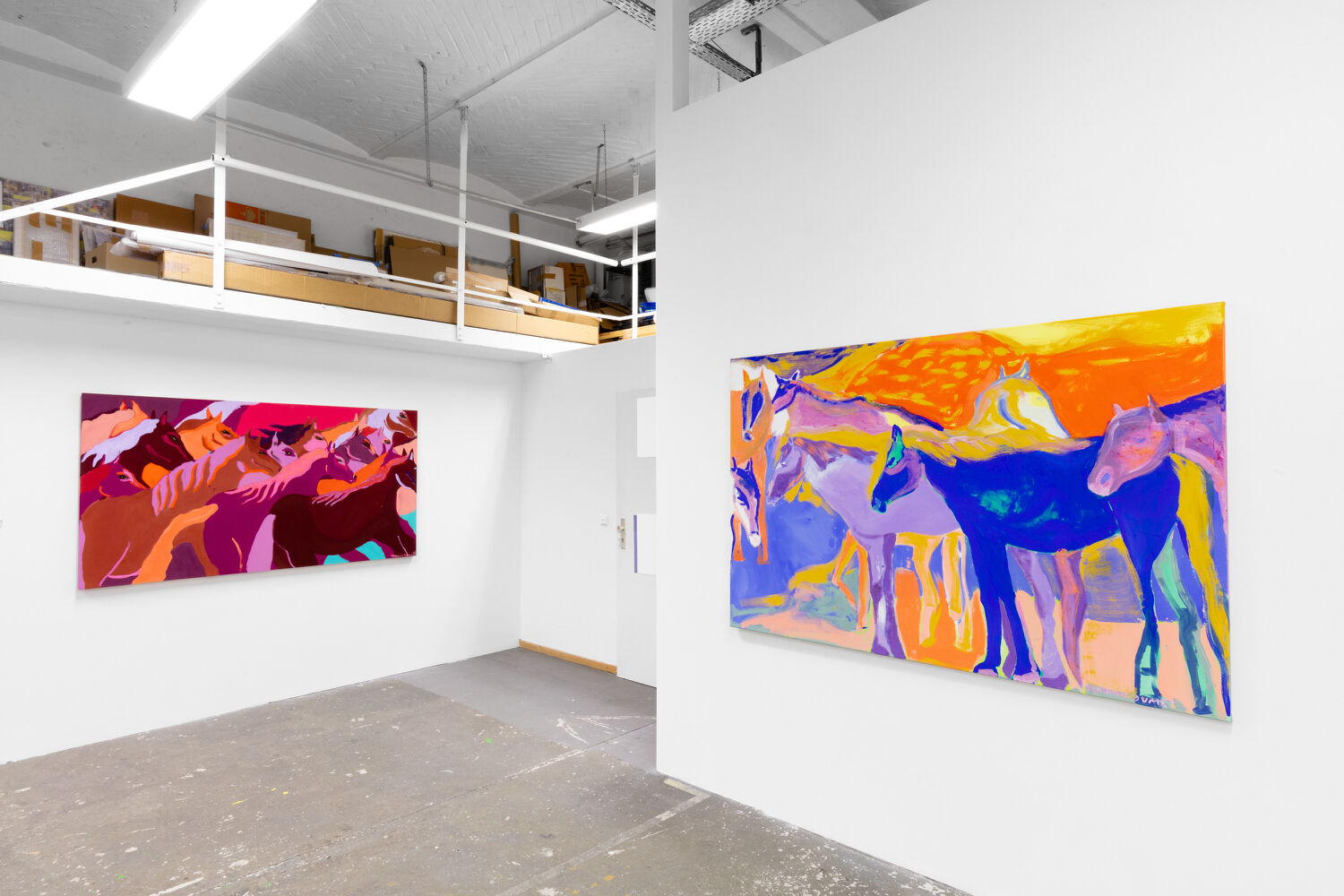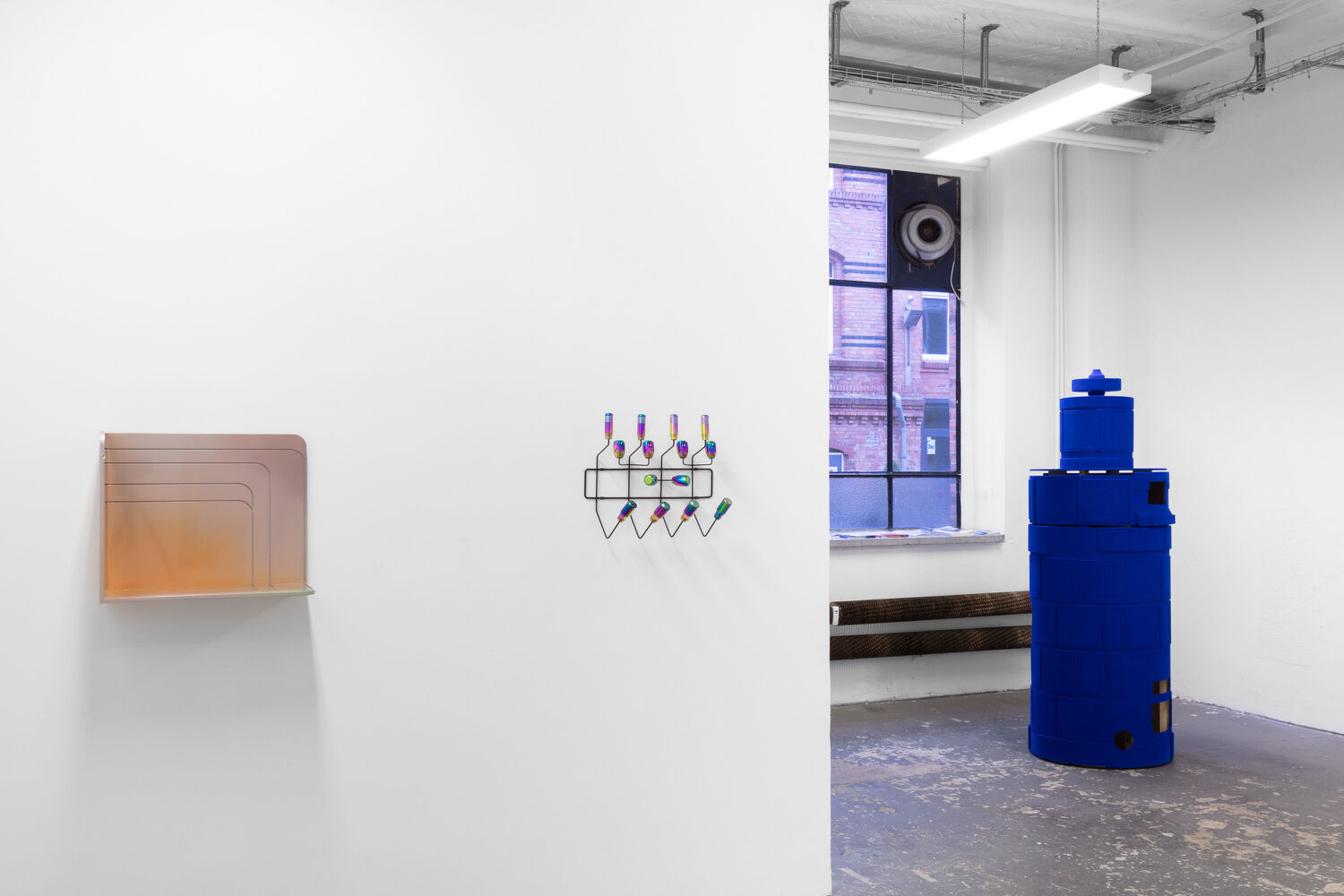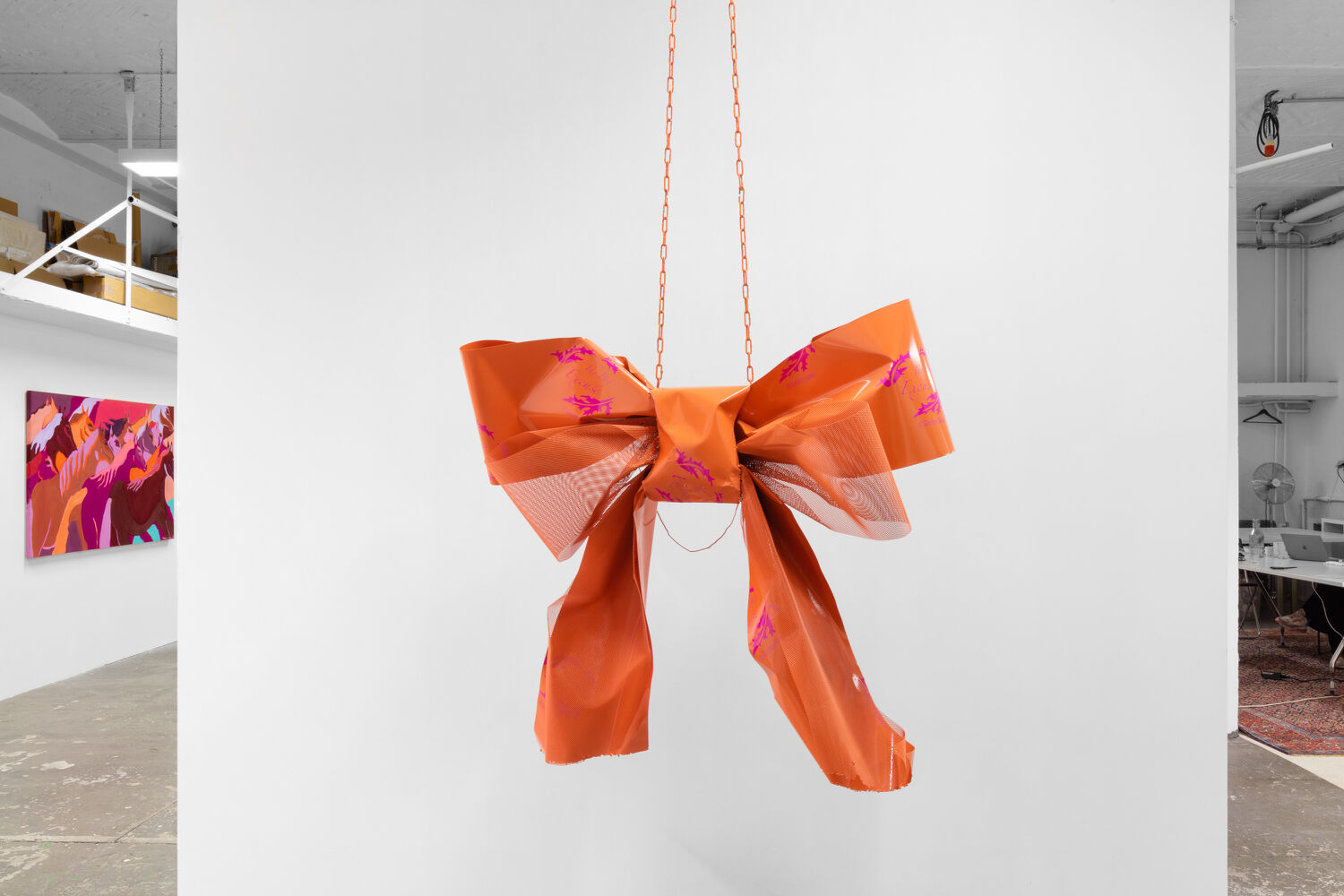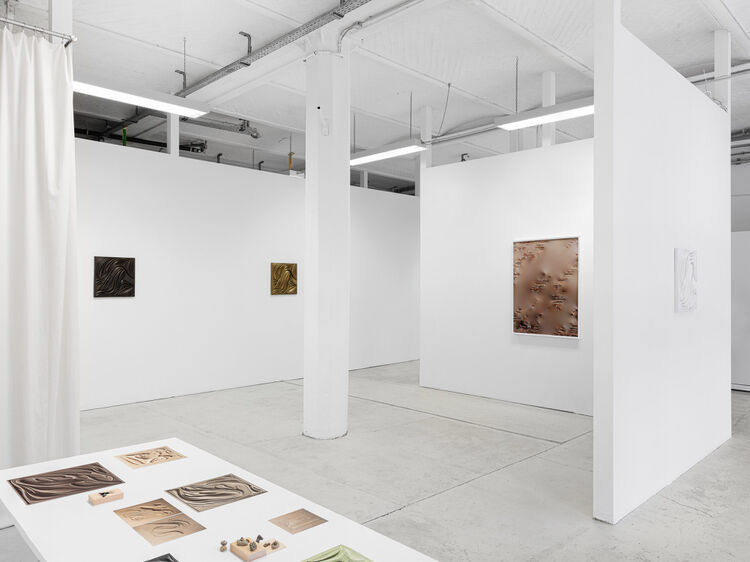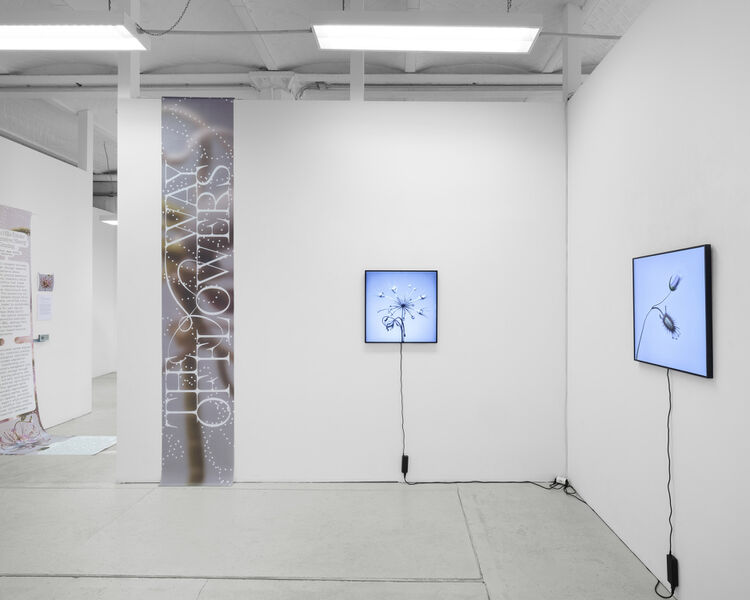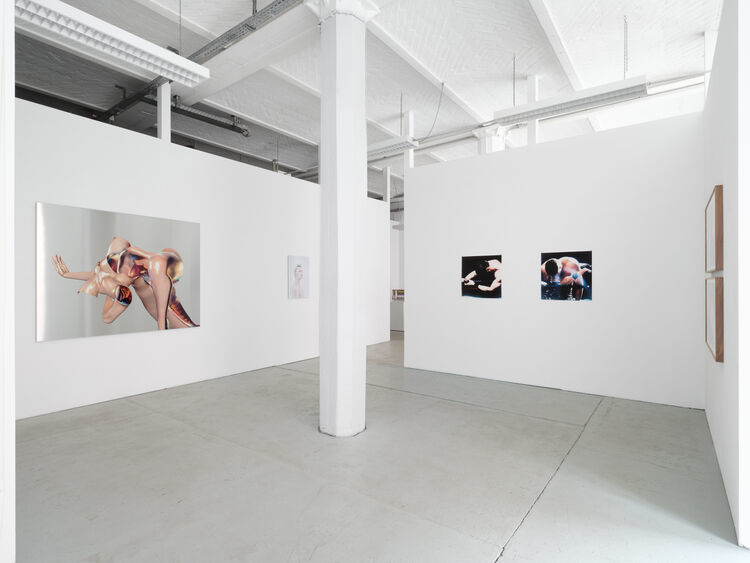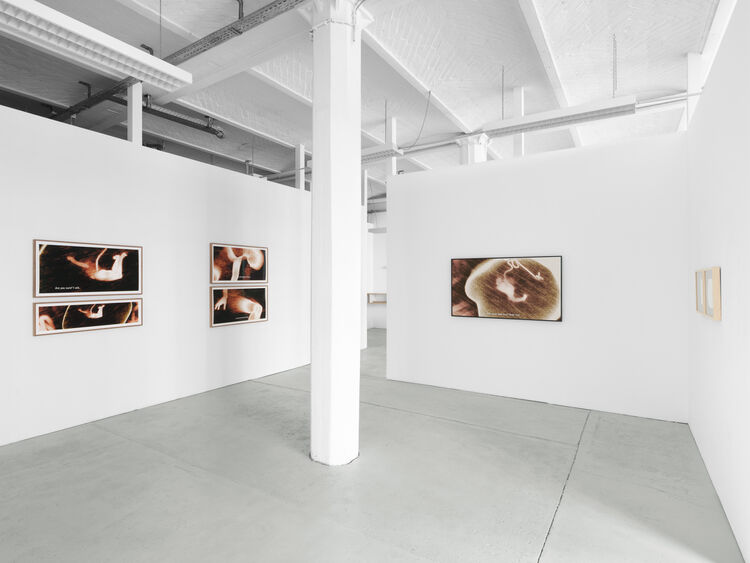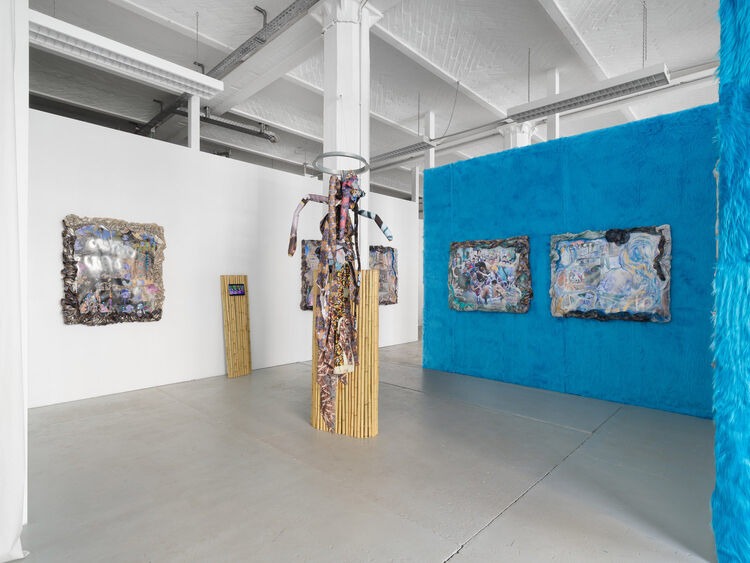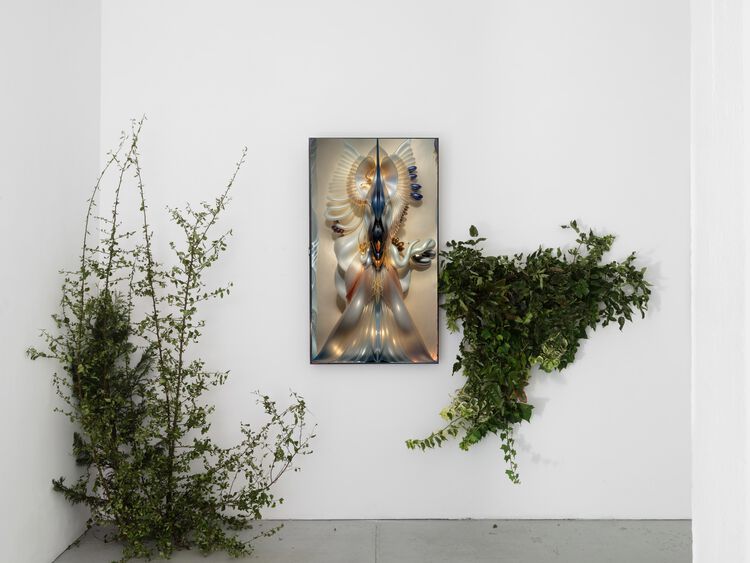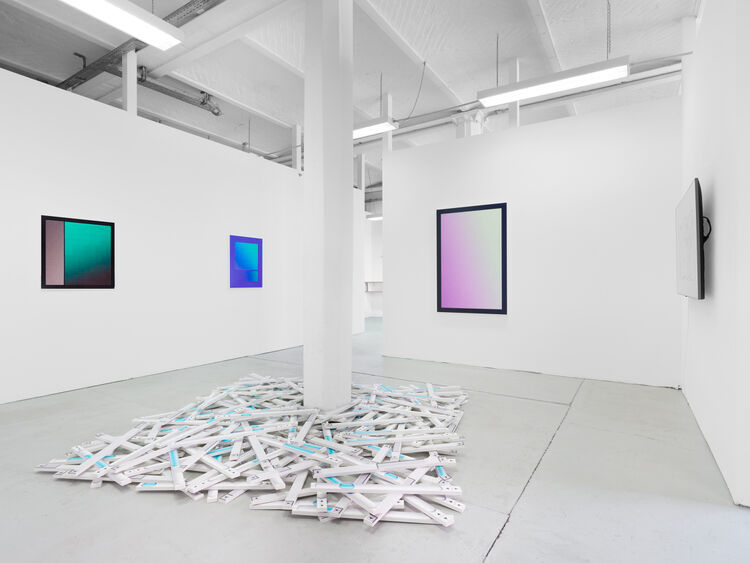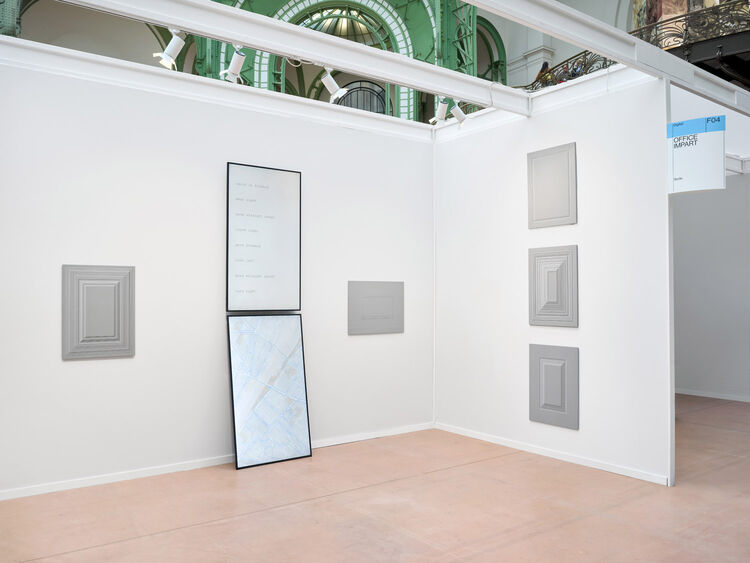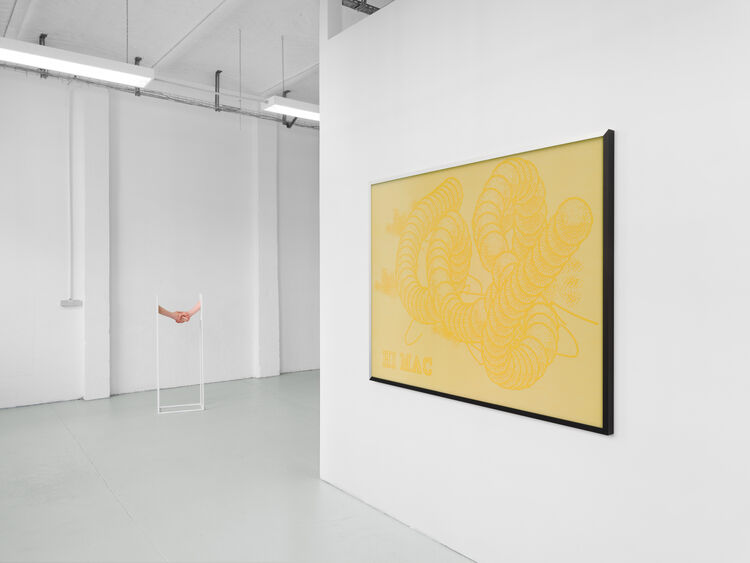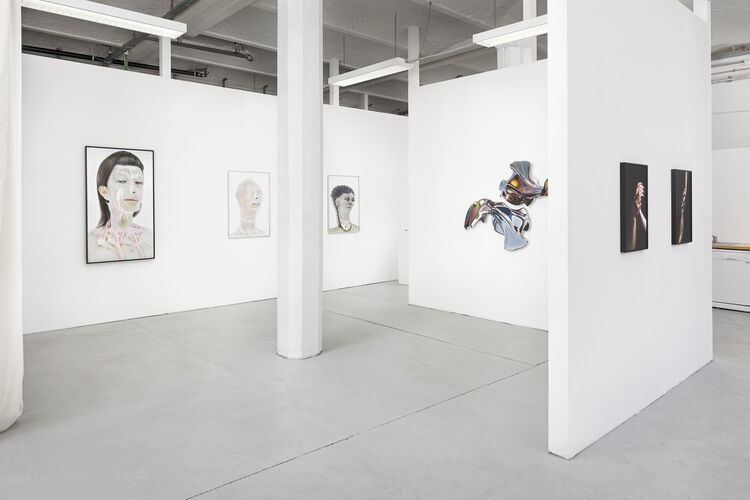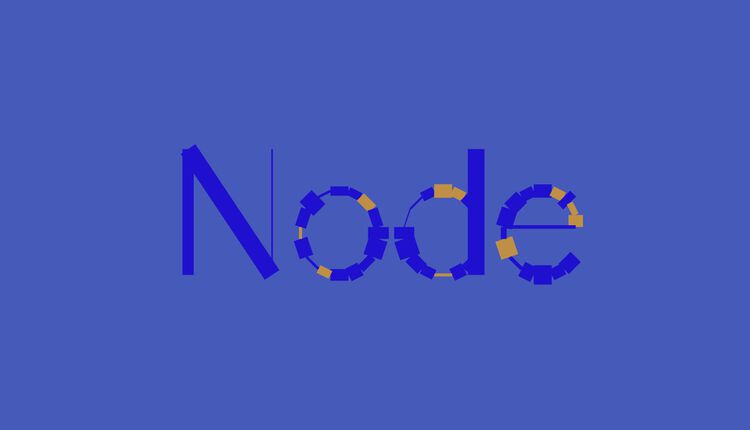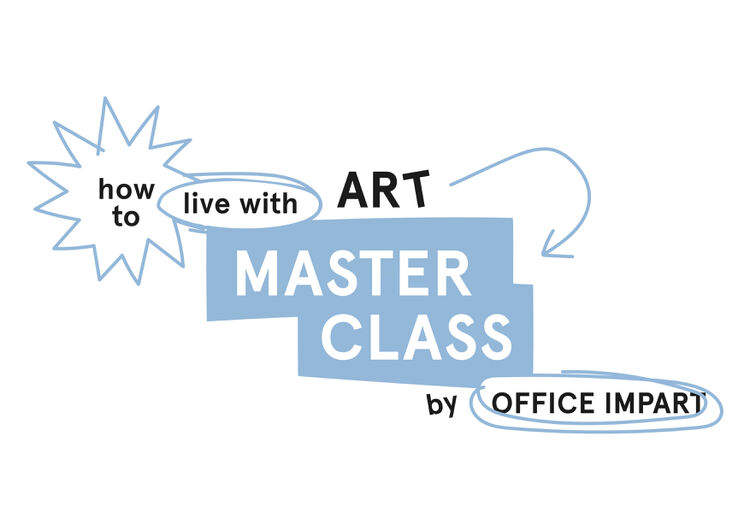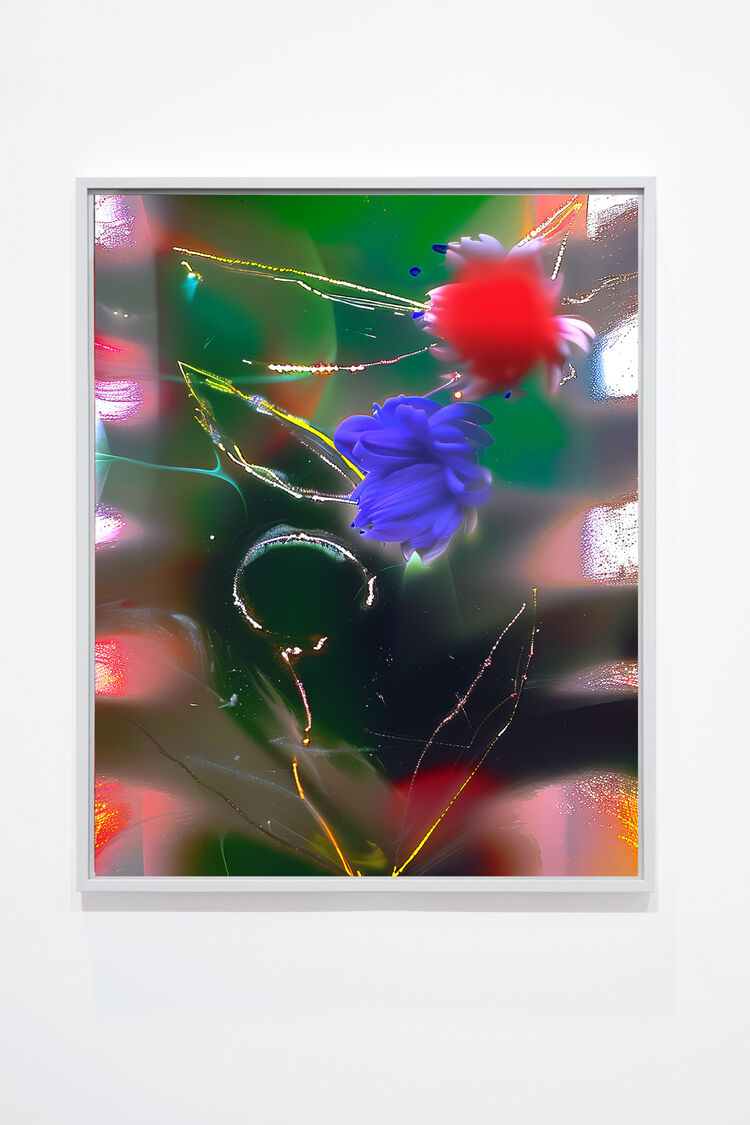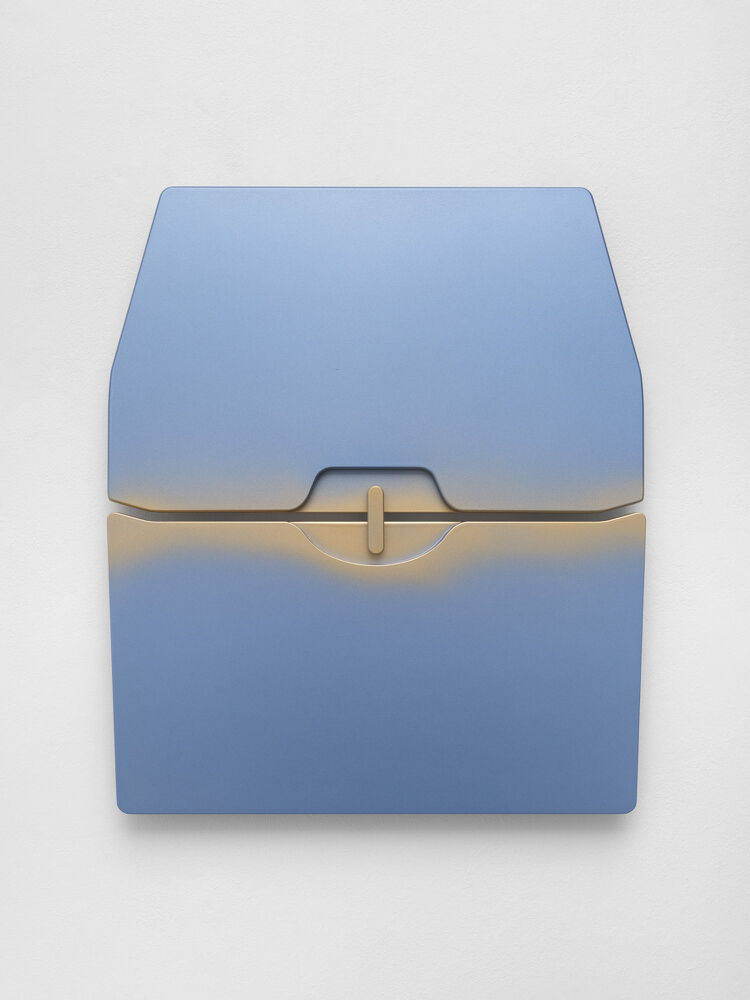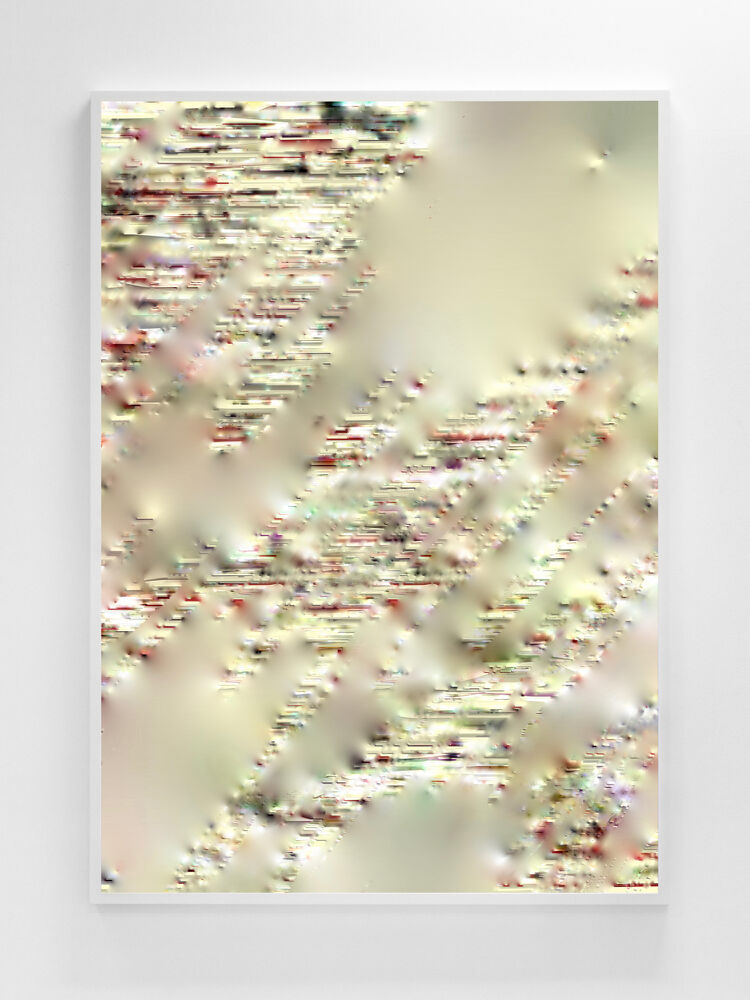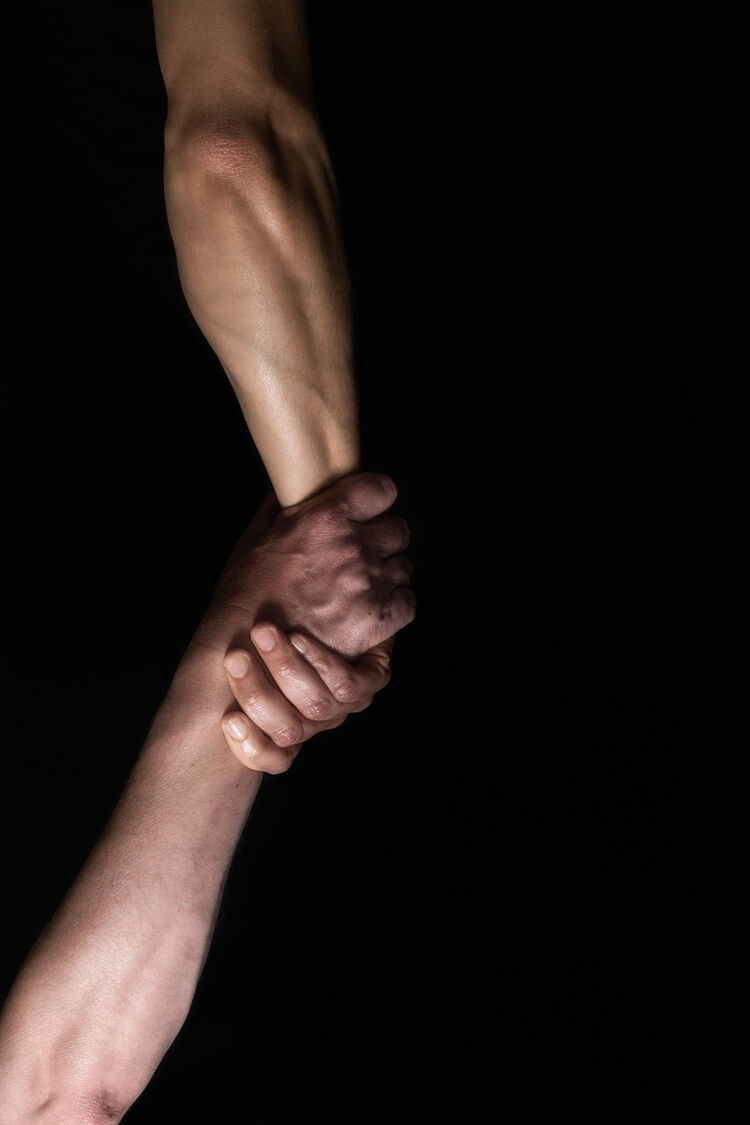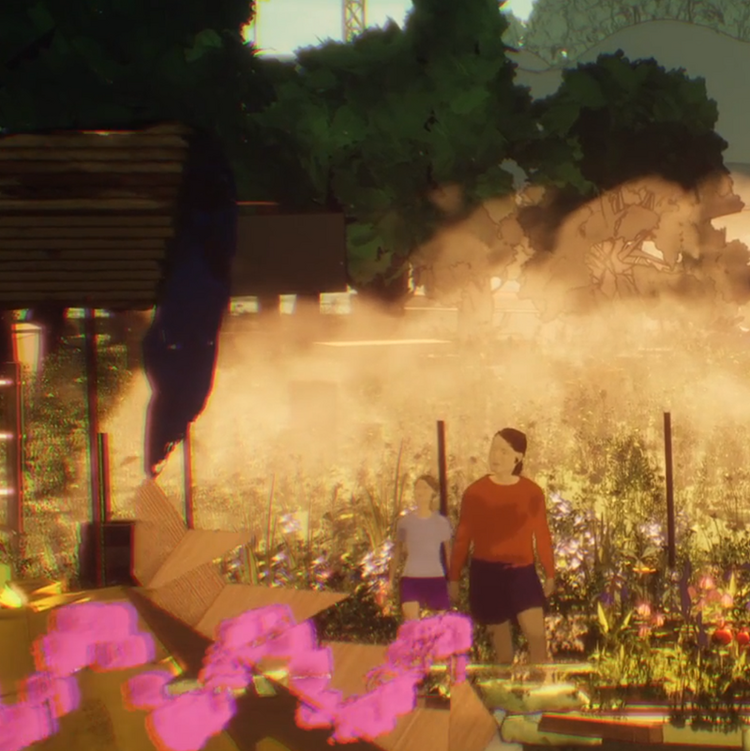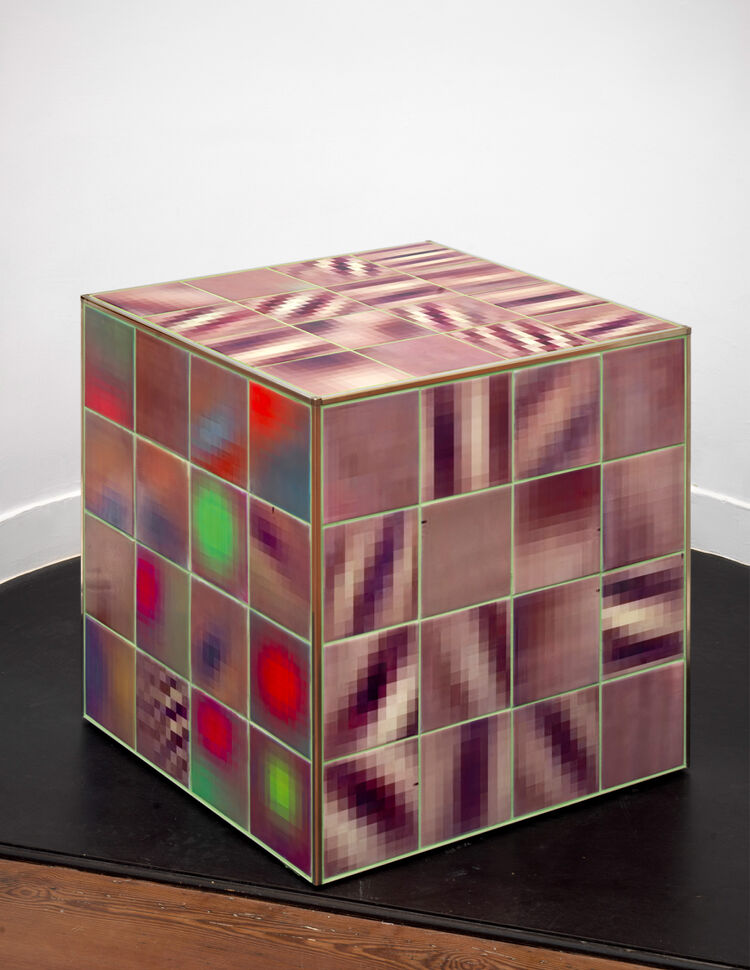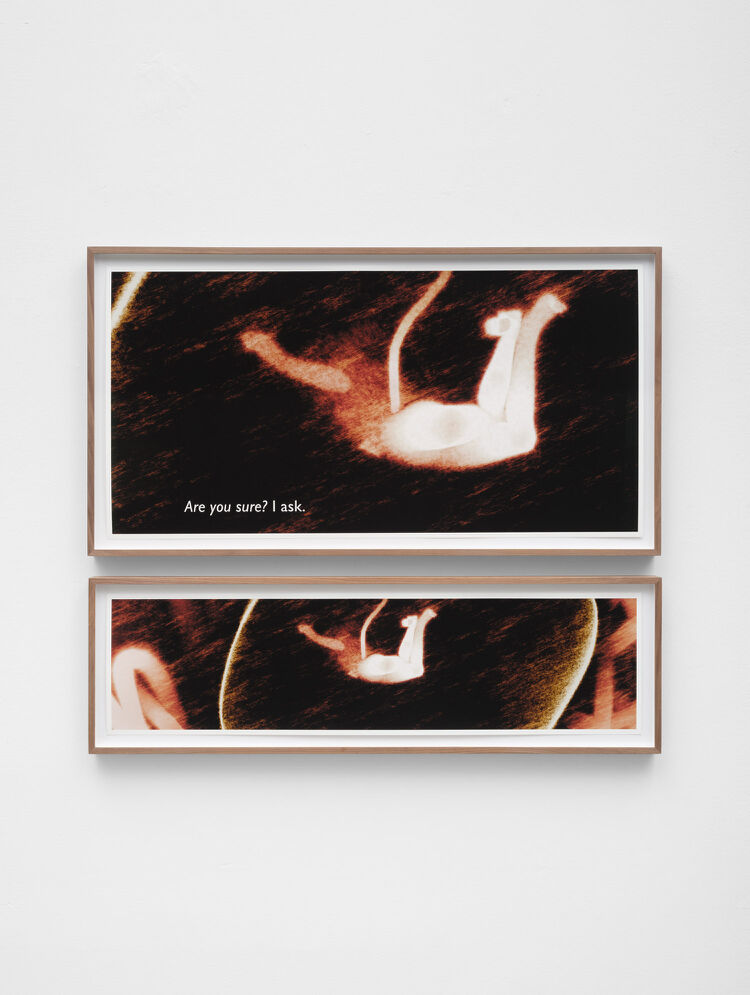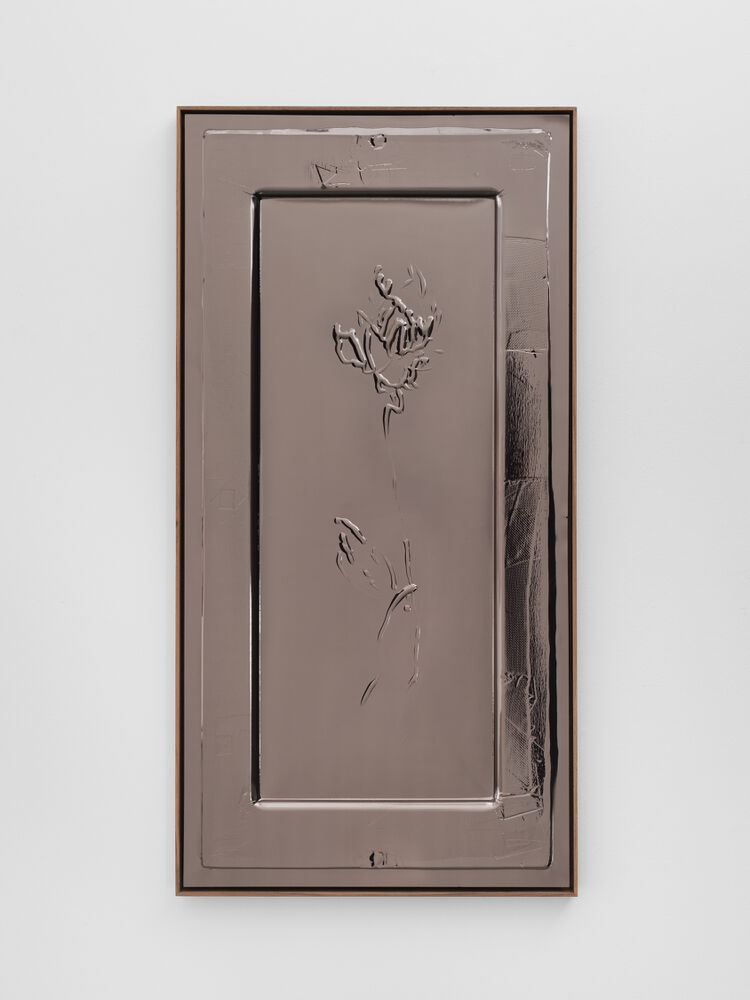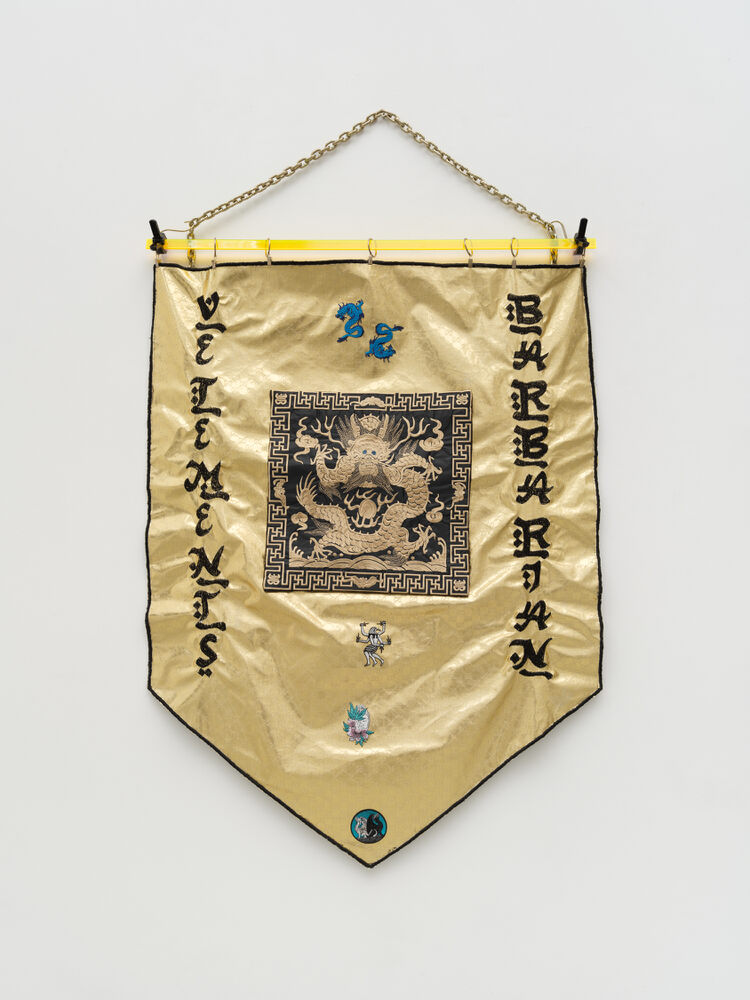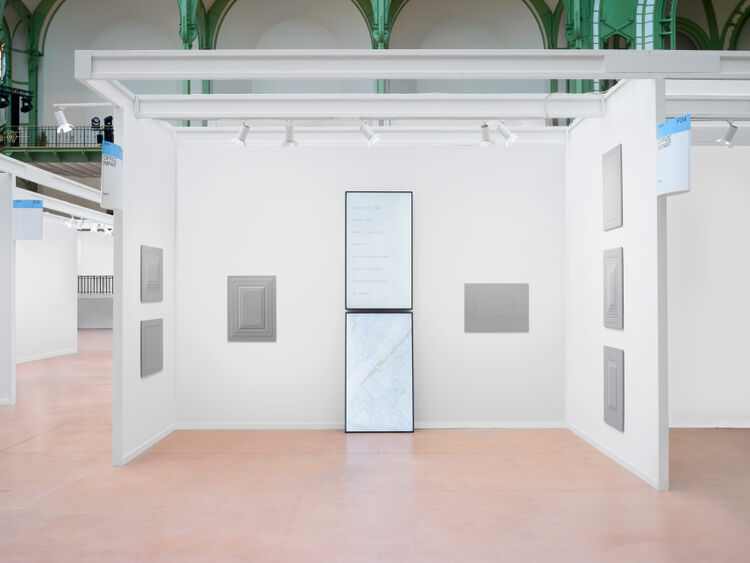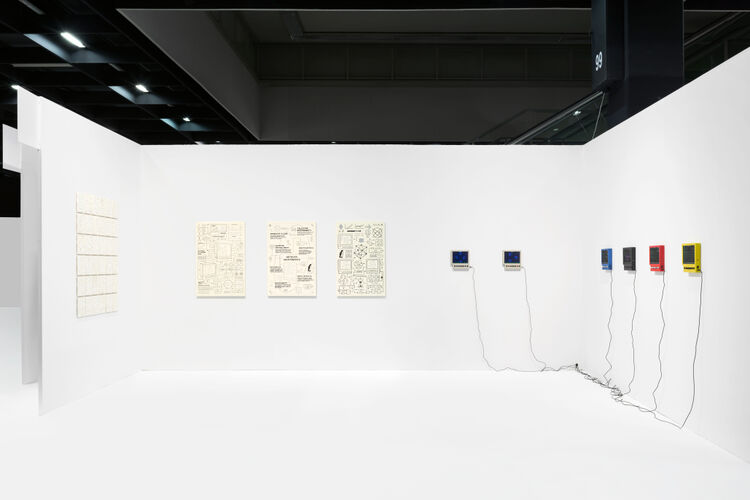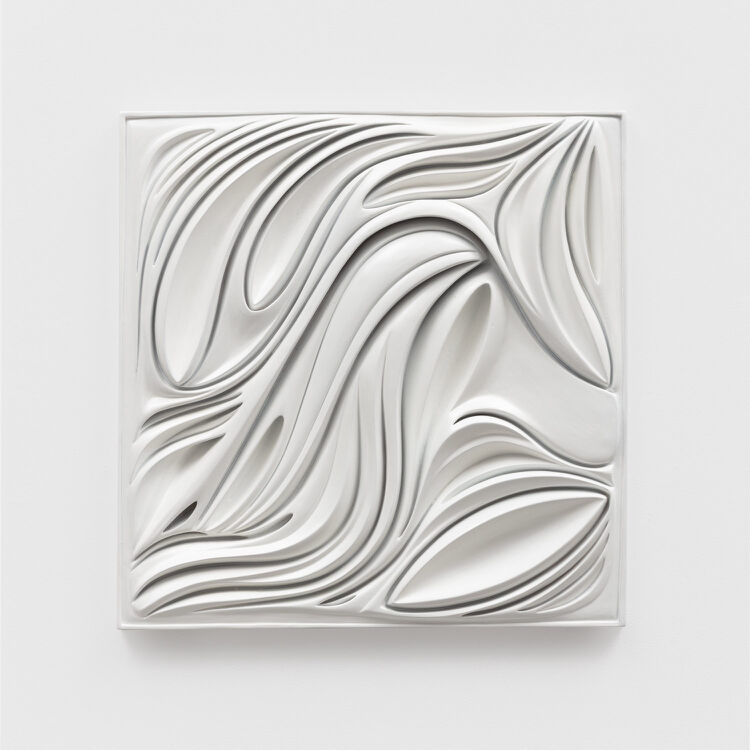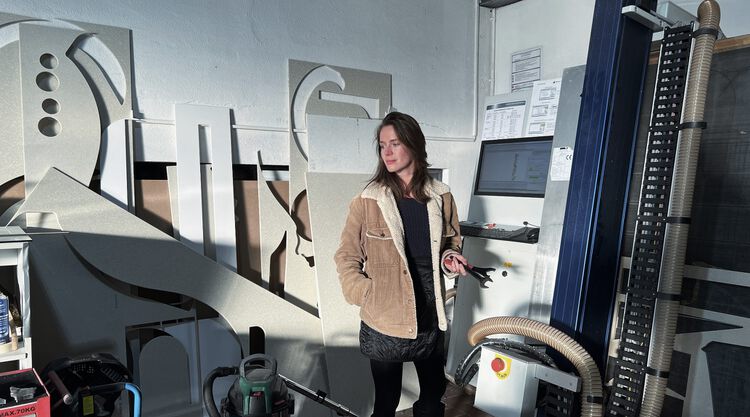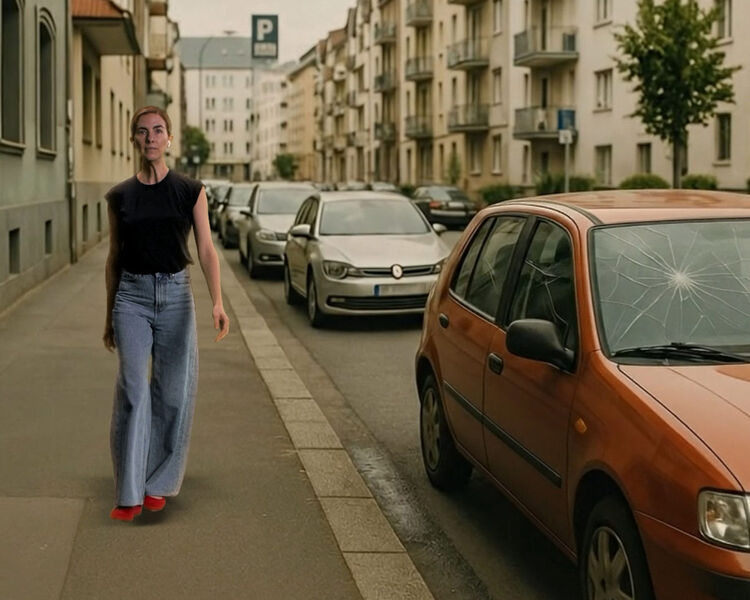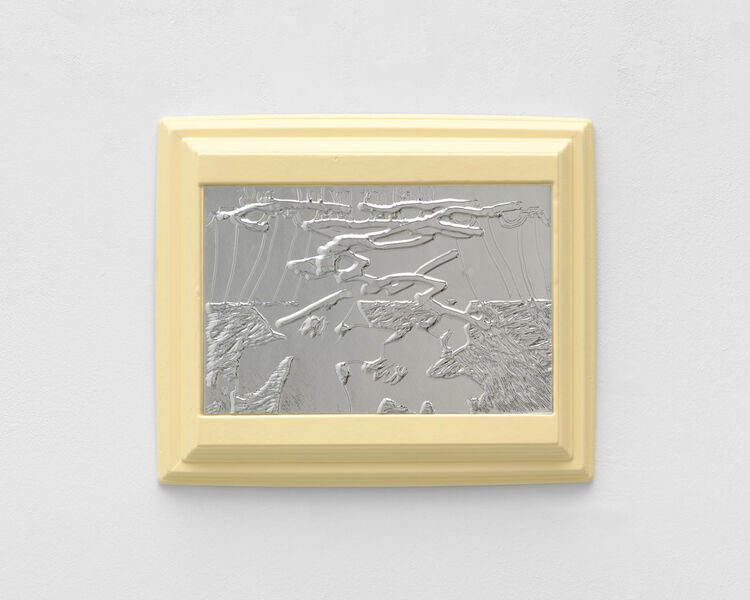Hannah / Johanna / Lena
Hannah Sophie Dunkelberg, Johanna Dumet, Lena Marie Emrich
6.11. – 19.11 2021
Opening Times:
Wednesday - Friday, 3 – 6 pm
Book your visit – here
And by appointment: info@officeimpart.com
After the past three solo exhibitions of Hannah Sophie Dunkelberg, Johanna Dumet and Lena Marie Emrich, all three artists will be shown in a joint exhibition at OFFICE IMPART from November 6 until November 19, 2021. Although each of the three artists has her own signature, the overriding element of handiwork found within their artistic practices unites them. In doing so, they expose the media in different ways – be it Dunkelberg’s staging of the visual language found between painting and sculpture, Dumet’s defined constructive lines that uncover the essence of things or the encounter between supposedly rigid everyday objects and human longings by Emrich.
Kindly supported by Stiftung Kunstfond and Neustart Kultur.
Hannah Sophie Dunkelberg
August 2021
Text excerpt by Camila McHugh
„Hannah Sophie Dunkelberg’s artwork embodies a certain what ifness, taking the question as a stance. Like what if a painting were a sculpture? And vice versa? Or what if vaguely modernist and digital forms met in a mash-up of styles that knocked both from their pedestals? More tactically, Dunkelberg’s material process seems to be guided by what ifs, particularly in the idiosyncratic sequence of steps she developed to create her wall reliefs. Experimenting with the possibility of a mechanically-produced, inversion of her hand-drawn gesture, Dunkelberg designed a method that involves drawing, wood carving, industrial vacuum forming, plastic molding and car lacquering. A sense of potentiality remains as palpable in the works as traces of their industriousness. While the Berlin-based and Bonn-born artist can be compellingly situated in a contemporary German context – say with regards to her former professor Manfred Pernice’s vivisections of the formal language of urban and domestic constructions or Jana Euler’s wry jabs at gendered German painting culture – it’s also worth reaching further afield to the Finish Fetish of 1960s Los Angeles to think through Dunkelberg’s seductive sheen. But she has no hang-up on an immaculate surface and is not after the pristine, taking such a fetish instead as something to poke holes in by (almost) literally doing just that. Where the aforementioned Macho men sought to do away with gesture, Dunkelberg stages a story of is persistence as the line derived from her freehand sketches rises to the surface of her reliefs. (…)“
Johanna Dumet
"Geil again“, September 2021
Text excerpt by Laura Helena Wurth
„One of the definitions that can be found of “nothing” is: “something absent that was expected to be present.” The works in Johanna Dumet’s new series function in a similar manner. The painter, born in France in 1991, had previously made a name for herself with large-scale, opulently filled scenes of tables. Everything occurred in them in abundance: shellfish, alcohol, and designer handbags.
In the wake of such abundance and epochal banquets, she is now turning to the opposite. Instead of painting something, she now paints: nothing. Or what transpires when you paint everything else, but not what the work’s actually about. This has the effect of enabling what’s not being articulated, what’s not being said, to emerge all the more clearly. This means Dumet paints everything, except the horses or camels. The two have both been indispensable companions in the cultural development of their respective habitats. Within Europe, the horse enjoys importance not only as a farm animal, but also as an object of prestige, as well as being the subject of art. A similar situation pertains to camels in desert regions.
The artist focuses on colors, which she places adjacently in such a manner that surfaces emerge from them, the horse or camel occurring as negative space. The horse is arguably one of the animals that have been most frequently painted. 20,000 years ago, the inhabitants of the Lascaux cave were already scribbling horses, among other imagery, everywhere, and the horse sculptures to be seen on St. Mark’s Basilica in Venice can be dated to the 3rd century. But most of the time the issue isn’t the horse itself, but the status that the horse confers on whoever is sitting on it. At some point every general had himself depicted in full uniform astride his war horse. Additional information is always provided about who it is sitting on horseback, so proud and confident of victory, but never anything about the horse. Horses are arguably the most important and most overlooked supporting actors in history. (…)“
Lena Marie Emrich
"Never Fight the Current“, Oktober 2021
Text excerpt by Emily McDermott
„The tide rises, the current swells, the waves crash and break. Underwater, eyes closed.
There are moments in life that force a pause, wanted or not. Standing in line at the airport, overwhelmed with anxiety about a suitcase exceeding that cheap airline’s size limitations. Sitting in the car in the automated wash, gear in neutral, waiting for streams of water to power the suds away. Taking an elevator up two, four, six, twelve flights, fidgeting until the doors once again open. The world keeps moving, but we’re at a forced standstill. Instead of troubling ourselves about wasted time, what if we were to use these moments as incitements for taking deep, necessary breaths? In “Never Fight the Current”, Lena Marie Emrich proposes exactly this, visualizing the moments where in order to remain in motion we must first take a break.
Car windows are engraved with dripping water marks that twist and turn to form words. These words are illuminated, the inscriptions’ shadows cast upon the wall. Slow down and take a concentrated look: Is the shadow real or a sticker beneath the glass? Is the word a mere figment of our imagination? Take a step through the Looking-Glass. (…)“
The exhibition is part of the exhibition series 'Hannah Sophie Dunkelberg, Johanna Dumet, Lena Marie Emrich', which we will be showing from 13 August to 29 October.
Kindly supported by Stiftung Kunstfond and Neustartkultur.

